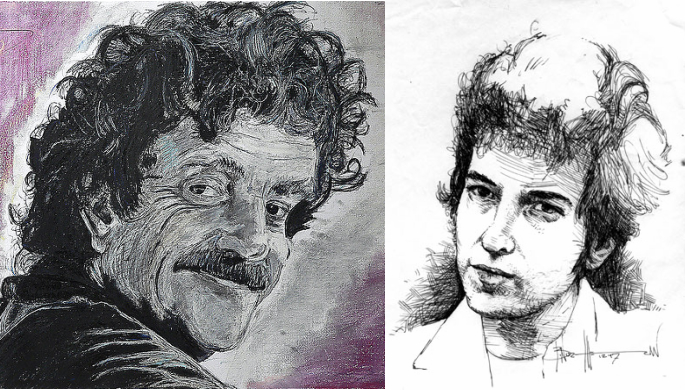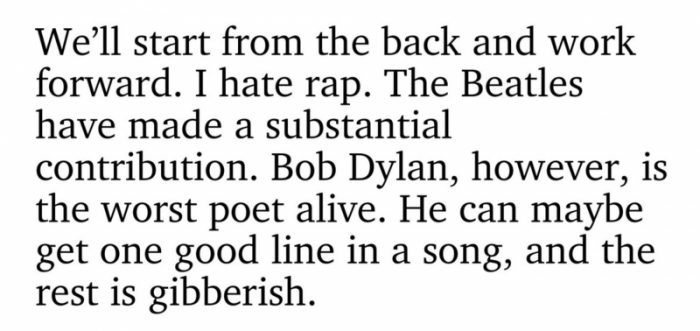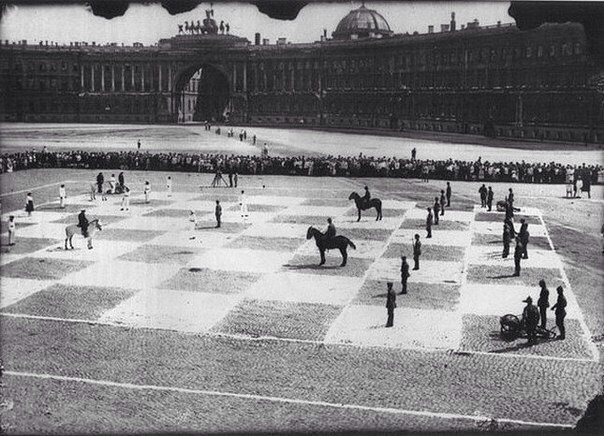Do you take the red pill or the blue pill? The question, which at its heart has to do with either accepting or rejecting the illusions that constitute some or all of life as you know it, became part of the culture almost immediately after Morpheus, Lawrence Fishburne’s character in The Matrix, put it to Keanu Reeves’ protagonist Neo. That film, a career-making success for its directors the Wachowski sisters (then the Wachowski brothers), had its own elaborate vision of a false reality entrapping humanity as the actual one surrounds it, a vision made realizable by the finest late-1990s computer-generated special effects. But the ideas behind it, as this Film Radar video essay shows, go back a long way indeed.
The first and by far the most respected of the trilogy, The Matrix “largely interprets Plato’s Allegory of the Cave. Imagine a cave. Inside are people who were born and have spent their entire lives there, chained into a fixed position, only able to see the wall in front of them. As far as they know, this is the entire world.” The Wachowskis ask the same question Plato does: “How do we know what our reality really is?”
When they have Morpheus bring Neo out of his “cave” of everyday late-20th-century existence, they do it in a manner analogous to Plato’s Analogy of the Sun, in which “the sun is a metaphor for the nature of reality and knowledge concerning it,” and the eyes of the fearful few forced out of their cave need some time to adjust to it.
But when one “unplugs” from the illusion-generating Matrix of the title — a concept now in consideration again thanks to the popularity of the “simulation argument” — a longer journey toward that really-real reality still awaits. The second and third installments of the trilogy involve a dive into “religious philosophy from the East,” especially the idea of escape from the eternal soul’s reincarnation “into other physical forms in an infinite cycle where the soul is left to wander and suffer” by means of a spiritual quest for “enlightenment, by uniting body and mind with spirit.” This leads, inevitably, to self-sacrifice: by finally “allowing himself to die,” Neo “is reunited with spirit” and “becomes the true savior of humanity” — a narrative element not unknown in religious texts even outside the East.
These count as only “a few of the philosophical ideas the Wachowskis explore in the Matrix trilogy,” the others including Robert Nozick’s “Experience Machine,” Descartes’ “Great Deceiver,” and other concepts from Kant and Hume “questioning reality, causality, and free will, not to mention the obvious commentary on technology or a submissive society.” Of course, philosophical exploration in The Matrix involve countless flying — and gravity-defying — fists and bullets, much of it performed by characters clad in reflective sunglasses and black leather. Perhaps that datedness has prompted the recent announcement of a Matrix reboot: though the styles may change, if it happens, the ideas would no doubt remain recognizable to Plato himself.
Related Content:
Daniel Dennett and Cornel West Decode the Philosophy of The Matrix
The Matrix: What Went Into The Mix
Free Online Philosophy Courses
Based in Seoul, Colin Marshall writes and broadcasts on cities and culture. He’s at work on a book about Los Angeles, A Los Angeles Primer, the video series The City in Cinema, the crowdfunded journalism project Where Is the City of the Future?, and the Los Angeles Review of Books’ Korea Blog. Follow him on Twitter at @colinmarshall or on Facebook.





